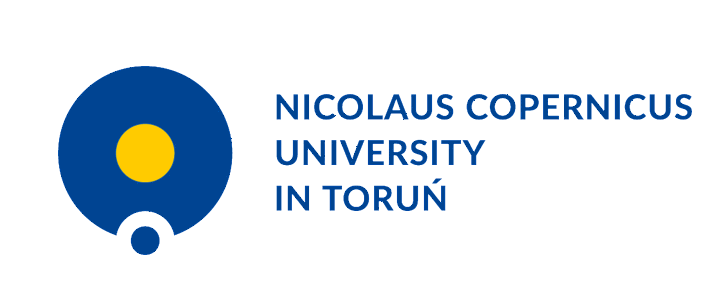The Evaluation of Bankruptcy Prediction Models for Lithuanian Companies
Abstract
Purpose of the article: Is to analyze the theoretical aspects of bankruptcy, to identify reasons of company’s bankruptcy and its consequences both for the company itself and national economy. After comparison of chosen bankruptcy prediction models they were applied for five failed and five currently operating companies providing similar services. Methodology/ methods: The methods of analyses and synthesis, description and comparison were applied in the article. Linear discriminant (Liss, Taffler&Tisshaw, Springate, and Altman) and logistic regression (Zavgren, Chesser) bankruptcy prediction models have been used to enable to judge the best of them for carrier companies. Graphical visualization is used for demonstration of results. Scientific aim: Is to evaluate applicability of linear discriminant and logistic regression bankruptcy prediction models for Lithuanian carrier companies. Over the last few years the carrier industry was the fourth in Lithuania according to the number of failed firms, so, bankruptcy prediction for this industry is particularly relevant. Findings: Obtained results show that in spite that Lithuanian companies’ often use Altman model to predict possible bankrupt, Springate and Taffler&Tisshaw models are also appropriate for Lithuanian companies to predict possible failure. Unfortunately Liss, Zavgren and Chesser models are inappropriate for carrier enterprises. Conclusions: The results confirmed that three from six analyzed models are fitting to predict failure of carrier sector companies’, while three models are inadequate. Taffler&Tisshaw model is the most reliable for bankruptcy prediction.Downloads
Published
2013-10-25
Issue
Section
ORIGINAL SCIENTIFIC ARTICLE











